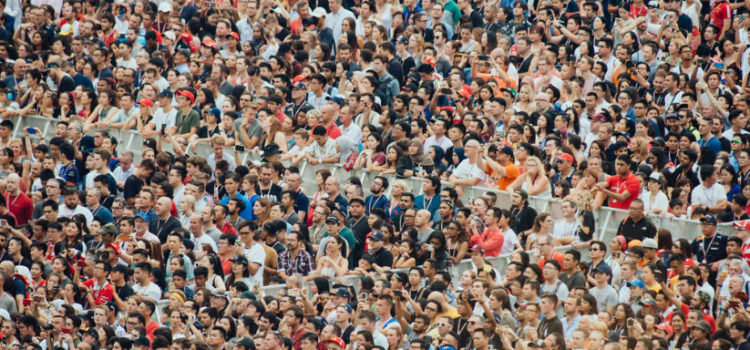

This article is an excerpt from the Shortform book guide to "Superfans" by Pat Flynn. Shortform has the world's best summaries and analyses of books you should be reading.
Like this article? Sign up for a free trial here.
What is a fan community? What is the importance of a fan community for businesses?
In Superfans, Patt Flynn argues that you should work to help your fans (loyal customers) form personal connections with each other by building a vibrant fan community. The connections your fans form can create positive experiences with your business.
Continue reading to learn how to create a united fan community.
How to Foster Community
Communities create positive experiences with your brand because they give people a sense of belonging. They also provide social stimulation and the opportunity to create meaningful relationships based on their shared interest in the brand. Your fan community will also draw customers into deeper and more sustained engagement with the brand as people are naturally drawn to thriving, vibrant communities. Flynn offers two strategies for building communities: coordinating a live event and giving your fan base a name.
(Shortform note: Flynn argues that a thriving community is essential to building a base of engaged superfans. However, business experts caution you to focus on creating communities that first and foremost fulfill the needs of their members. They argue that many failed efforts to build communities around brands start from the premise that creating a strong brand will draw in a community. This leads companies to treat community building as an exercise in marketing, rather than placing the needs of community members at the center of the business strategy.)
Community Builder #1: Coordinate a Live Event
Flynn explains that one of the most effective ways to get your fans connected to each other is to schedule a live event. Live events create opportunities for fans to meet each other, find things in common, and bond over their shared interests in the brand. They also provide fans with a lot of excitement and stimulation, which can be a positive experience in itself. Flynn suggests that your live event could take the form of a conference, a live Q&A session, or even something fun like a concert or a festival—so long as it makes sense for your brand.
(Flynn explains that large gatherings provide opportunities for your fans to bond with each other. Chip and Dan Heath (The Power of Moments) explain why shared experiences can create such a powerful bond. They write that human nature compels people to naturally synchronize their emotions with the people around them. Therefore, if you are with a group of people who feel excited and enthusiastic about what they are experiencing together, you will likely feel more excited and enthusiastic yourself.)
Community Builder #2: Give the Fan Base a Name
Flynn argues that giving your fan base a name makes people feel like they’re part of a team, deepening their sense of community. Ideally, your fans will come up with a name organically, but if they don’t, try one out and see if it sticks. For example, Flynn dubbed his fan base, “Team Flynn.”
Feeling like you’re on a team not only creates a shared sense of identity and belonging, but it also gives fans a reason to root for the company’s success. Much like sports fans who feel personally victorious when their team wins, fostering a team mindset in your community can reward your fans with the positive emotional experience of feeling the company’s successes.
(Shortform note: Social psychologists explain why something as simple as a team name can exert a powerful influence on people’s behavior. Humans are hardwired to strongly identify with groups. Psychologists have found that even when test subjects are divided into groups randomly—even when they know the process was random—they will still prefer members of their groups and form closer connections with them than with test subjects assigned to other groups. In The Laws of Human Nature, Robert Greene explains that this stems from our universal need for belonging. Humans feel safer, more secure, and more comfortable whenever they feel they belong to a community or group.)

———End of Preview———
Like what you just read? Read the rest of the world's best book summary and analysis of Pat Flynn's "Superfans" at Shortform.
Here's what you'll find in our full Superfans summary:
- How to turn ordinary customers into passionate, lifelong fans
- The importance of creating a product or service with value
- Why you should make fans feel like they're a part of your company






